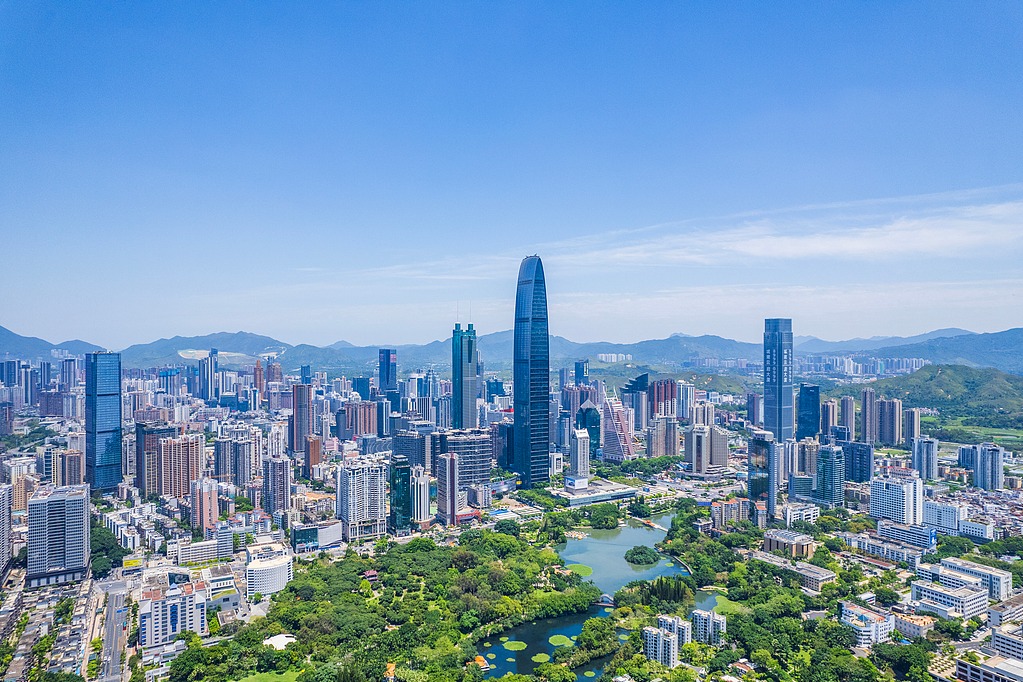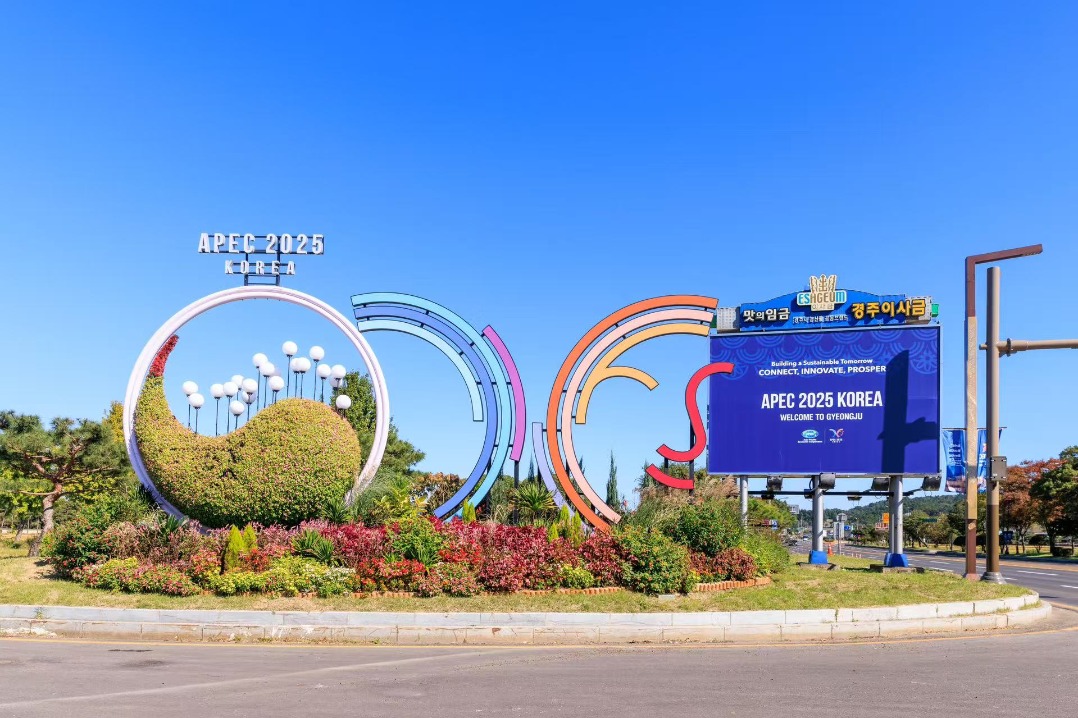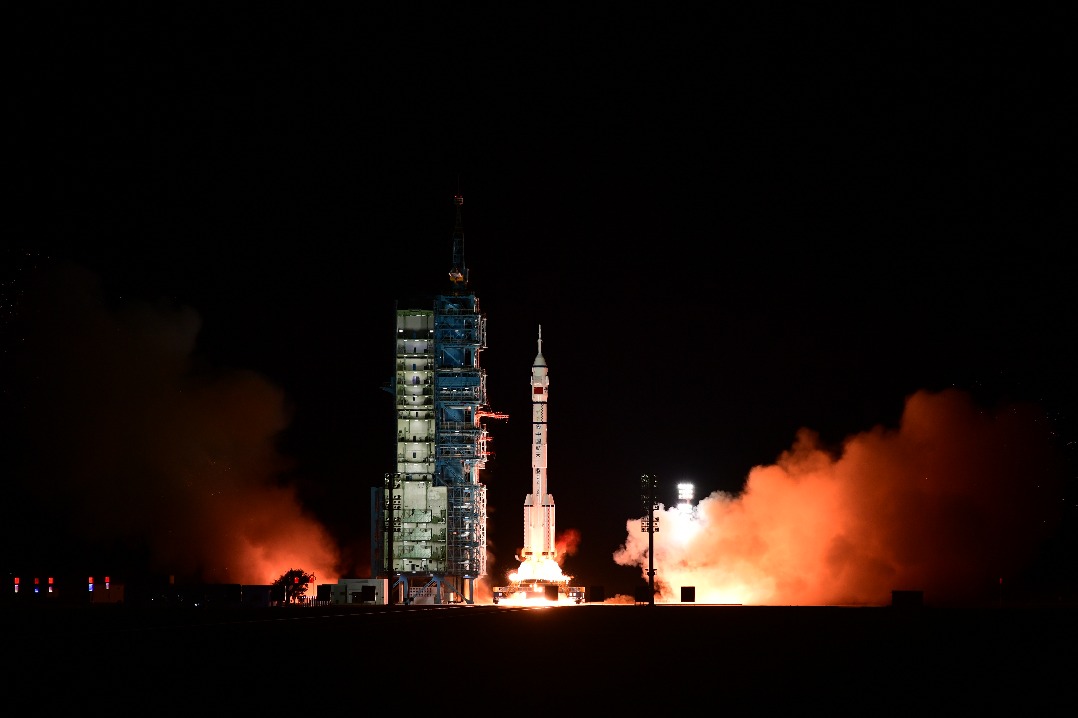Wuxi bridges past, future
Along the banks of the Grand Canal, this Jiangsu city shows how history and innovation can coexist


This forward momentum expands its presence into the city's cultural scene. At night, Wuxi is transformed into a canvas for digital art. Historic buildings become backdrops for stunning light shows, showcasing how tradition can be reimagined through technology, with installations that are intelligent and beautiful. Integrating Buddhist tea culture with eco-conscious living, Nianhuawan was founded in 2015 as part of Wuxi's cultural tourism renaissance.
Drawing inspiration from the Zen temples of the Tang Dynasty (618-907) and gardens of the Ming Dynasty (1368-1644), the town's layout mirrors a lotus flower, symbolizing purity and enlightenment.
Its nightly light shows include projections of Buddhist sutras and mandalas on temple walls. Against this backdrop, traditional instruments, like the guzheng (a plucked zither), are played by elderly locals.
At a museum in Wuxi, visitors can admire a handcrafted purple clay teapot and then see the same clay used in a 3D printer, creating art that merges ancient forms with algorithmic patterns.
From a settlement built around canal irrigation in the Zhou Dynasty (c.11th century-256 BC) to a thriving commercial hub along the Grand Canal that is now emerging as one of the country's leading industrial centers, the city continues to lead with its modern commercial clusters, blending traditional craftsmanship with cutting-edge technology to excel in sectors ranging from textiles to advanced manufacturing.
Wuxi is a city that understands its deep roots. The clay and the canal are what allow the city to reach for the sky. It's a place to feel the whisper of ancient poets on the lake breeze while listening to the digital pulse of tomorrow.
























